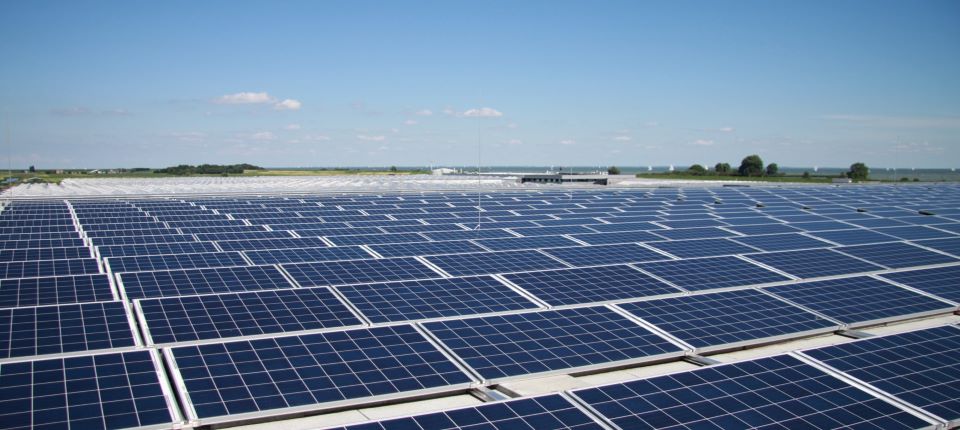
Content

There is no doubt that the rapid climate change taking place on a global scale is due in part to human actions. In order to limit the speed and the negative consequences of these changes, we need to limit the use of non-renewable energy sources - such as fossil fuels - drastically. Enza Zaden has been working on making their energy consumption more green for several years.
“We are doing our best to limit the impact of our business activities on the environment. We are using recently developed technology, such as heat and cold storage and LED lighting. Step-by-step we are making the company greener and will continue to invest in this systematically over the coming years.” We spoke to Martin Koper, global infrastructure director, about this. He explained the tangible measures that have been implemented over the last three years to limit CO2 emissions, reduce dependence on fossil fuels and improve the energy efficiency of the company in general.
The biggest steps have been implemented at the head office in Enkhuizen, which has seen significant expansion and renovation in recent years. “These expansions and renovations form the perfect opportunities to make different - more sustainable - choices, such as higher levels of insulation to reduce the demand for heating”, he explains. “In addition, the roofs of the Santsloot logistics building and the new lab – the two most recent expansions – are virtually covered with solar panels. These solar panels produce a peak power output of 750 kW and produce an average of 750 MWh of electricity per year. The solar energy that we produce here is equivalent to the average annual consumption of 350 Dutch families. Also the Vitalis subsidiary in Voorst has been fitted with solar panels. In addition, significant numbers of panels have been installed at the two Italian subsidiaries in Sicily and Tarquinia (north of Rome) and at the Spanish location in Almería.”

LED forms the new standard in lighting for renovation and new-build. In addition, broken lights are replaced by more efficient LED lights where possible at all our sites across the globe. Koper: “In Enkhuizen, all the outdoor lighting has now been replaced and the climate cells have also almost all been fitted with LEDs.”
One project that captures the imagination was the creation of an extensive and complex system for heat recovery (from cooling installations), heat/cold storage and heat distribution in Enkhuizen. “We now use the heat produced by our cooling installations to heat a number of buildings. Any excess heat is stored in the form of hot water in a heat buffer or in an aquifer located between 100 and 160 metres below ground level. There is another aquifer for cold water. Using a heat pump, hot water can be extracted and additional heating can be applied if necessary. The greenhouses and buildings are connected via a network of pipes and we can now heat and cool these areas much more efficiently. Of course the two cogeneration systems that we have here also form part of the renewed system.”
Elsewhere, too, Enza Zaden continues to make targeted investments in more efficient and cleaner energy management to reduce the carbon footprint. The Chinese subsidiary replaced the coal-fired boiler with electrical heating last year. South Africa will be tackled in the near future. “A diesel heater is used there to supply heating and electricity to the greenhouses and we want to change that. We are still looking into sustainable alternatives, but it is obvious that diesel has run its course as a primary source of fuel. We have no firm investment plans at the moment, but this is only temporary. Sustainability deserves our ongoing attention.”
And last but not least, Christian Rakow, Purchaser, explains that Enza Zaden's fleet of vehicles is also becoming more sustainable. Currently, 20% of the fleet in the Netherlands consists of fully electric cars. “And that is far above average. In other countries too, we are looking for sustainable alternatives to fossil fuels. For example, hydrogen cars are an interesting option in Germany. The developments in that area are not yet so far that we can already switch to that. But we keep a close eye on it.” “Sustainability remains something that requires continuous attention," concludes Koper.